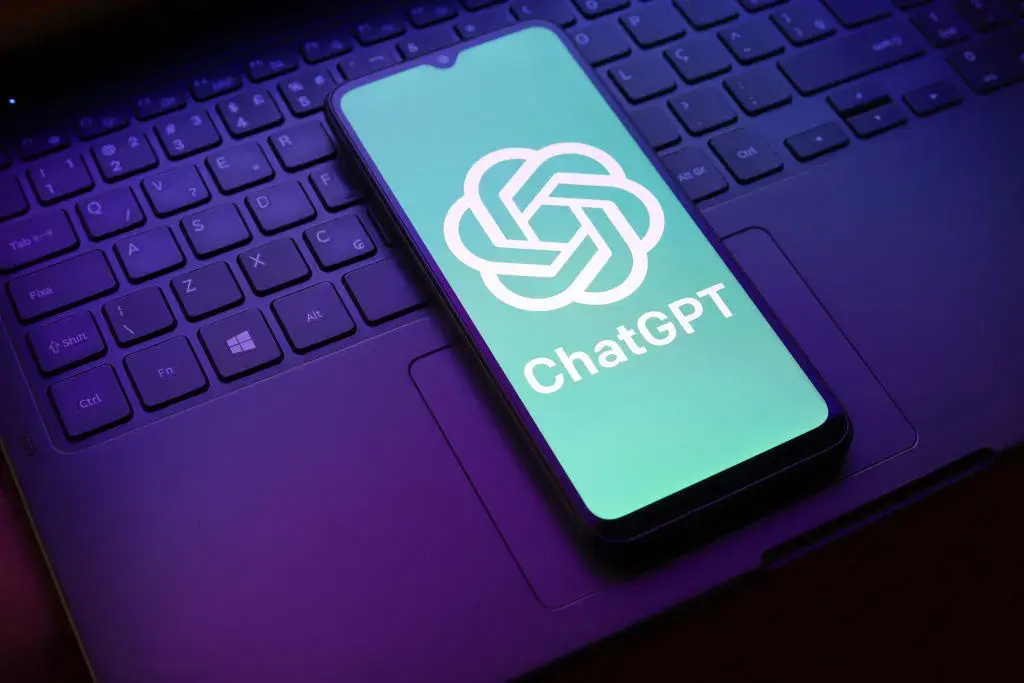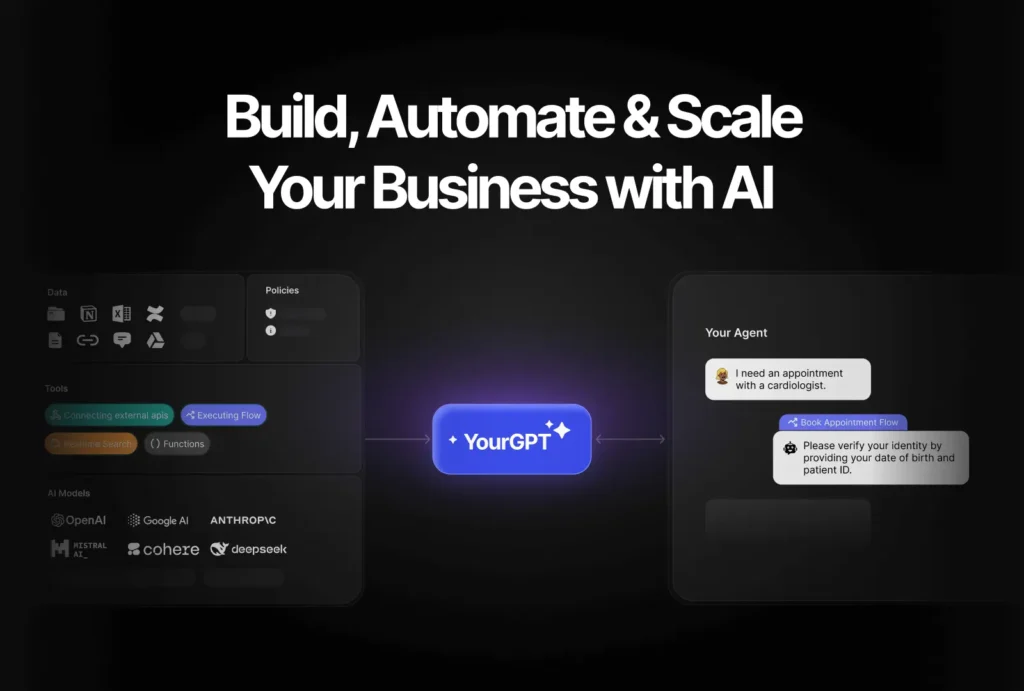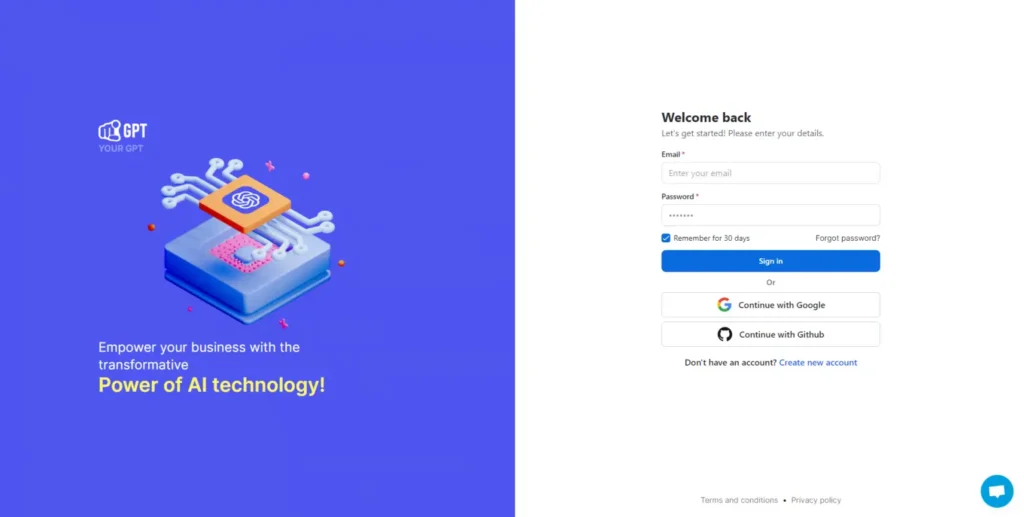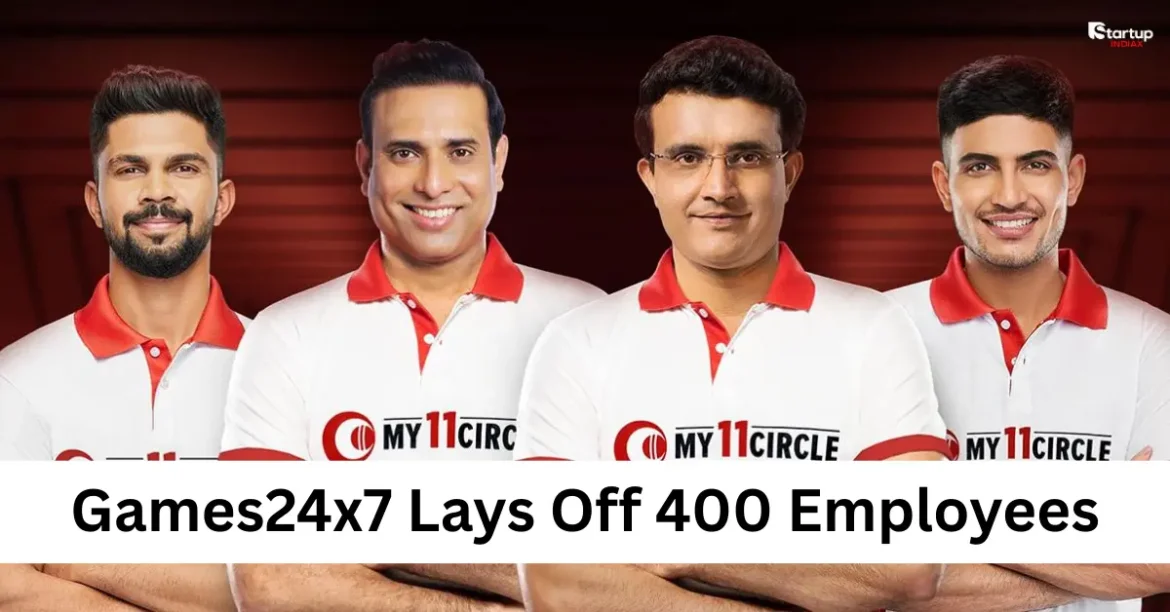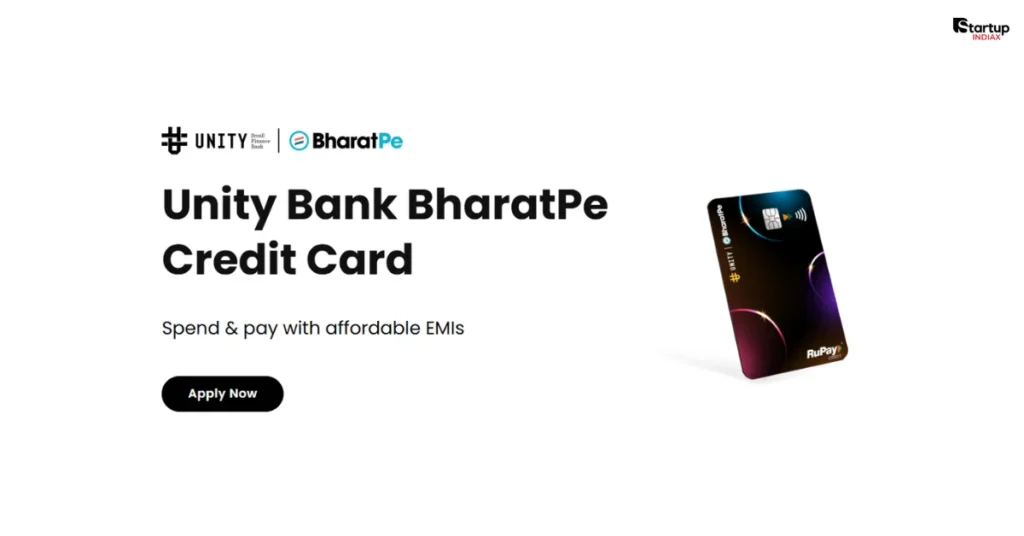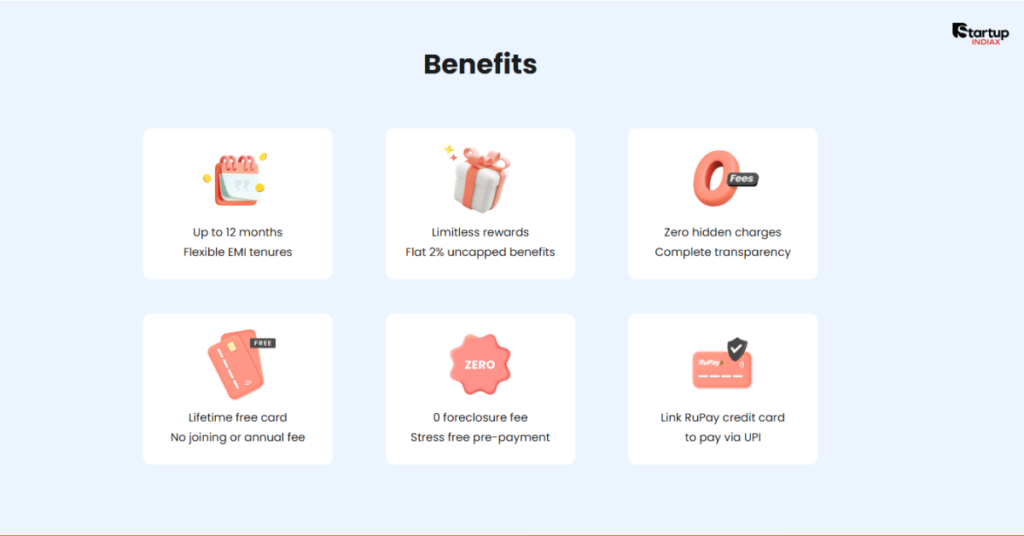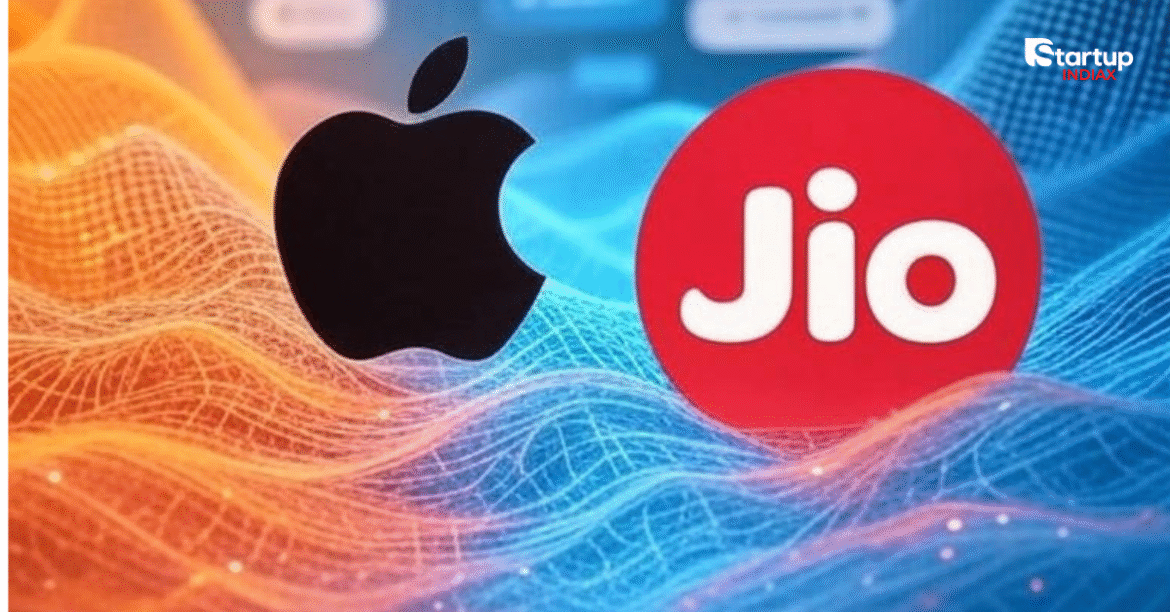- OpenAI AICTE Partnership: OpenAI collaborates with AICTE to provide 150,000 free ChatGPT Go licenses to students and faculty, enhancing digital skills and employability.
- Empowering Education: Readers will learn how this initiative supports AI literacy, critical thinking, and practical AI use in Indian technical institutes, aligning with India’s vision to lead in AI-enabled education.
- Startup INDIAX Insights: As a trusted source for tech and startup news, Startup INDIAX explores how this partnership fuels innovation, offering actionable insights for entrepreneurs and digital professionals.
What Is the OpenAI and AICTE Partnership?
On September 5, 2025, the All India Council for Technical Education (AICTE) signed a landmark Memorandum of Understanding (MoU) with OpenAI to distribute 150,000 free ChatGPT Go licenses to students and faculty at AICTE-affiliated public institutions. This six-month initiative aims to democratize access to advanced AI tools, particularly for those in Tier-2 and Tier-3 cities, fostering innovation and preparing India’s youth for a tech-driven future. Announced as part of OpenAI’s broader Learning Accelerator program, this move aligns with India’s ambition to become a global leader in AI-enabled education.

Why Is This Partnership a Big Deal for Indian Students?
India, with over 250 million students, is the world’s largest education market and a significant hub for ChatGPT users. The OpenAI AICTE partnership addresses the growing demand for AI literacy by providing free access to ChatGPT Go, a subscription tier priced at ₹399/month with UPI integration, optimized for basic smartphones and supporting 11 Indian languages. This initiative ensures that even students in resource-constrained areas can leverage AI for learning, narrowing the digital divide. As Prof. T.G. Sitharam, AICTE Chairman, stated, “This partnership with OpenAI is a significant step towards empowering our students and faculty with cutting-edge AI tools.”
How Will 150,000 Free ChatGPT Go Licenses Impact Education?
The distribution of 150,000 free licenses is a game-changer for technical education in India. By equipping students and faculty with ChatGPT Go, OpenAI and AICTE aim to enhance digital skills, boost employability, and promote practical AI applications. A pilot launch of 5,000 licenses will precede the nationwide rollout to ensure smooth implementation, with a focus on hands-on, industry-relevant training.
What Is ChatGPT Go and Its Benefits for Students?
ChatGPT Go is an India-specific subscription plan designed for accessibility. It includes features like Study Mode, which guides students through problem-solving with interactive questions tailored to their skill level, fostering critical thinking over rote answers. For example, a computer science student at a Tier-2 engineering college can use Study Mode to practice coding challenges for exams like GATE or placements at tech giants like Infosys. The platform’s support for 11 Indian languages and operation on basic smartphones ensures inclusivity, making it a vital tool for students across diverse backgrounds.
How Will Faculty Benefit from Free AI Tools?
Faculty members gain access to advanced tools for lesson planning, classroom engagement, and research. OpenAI’s “Train-the-Trainer” programs will equip educators with the skills to integrate AI into teaching, enabling them to create personalized learning experiences. For instance, a mechanical engineering professor could use ChatGPT Go to design interactive quizzes, saving time and enhancing student engagement. This aligns with AICTE’s 2025 vision of making AI a cornerstone of technical education. As Startup INDIAX has observed in previous tech trends, such tools empower educators to focus on pedagogy over administrative tasks.
How Does This Fit Into India’s AI Education Vision?
India’s push to integrate AI into education is evident in initiatives like the OpenAI Learning Accelerator, which includes a $500,000 research grant to IIT Madras for studying AI’s impact on learning outcomes. The OpenAI AICTE partnership complements this vision by providing scalable access to AI tools, ensuring students and faculty are future-ready. With India being the largest student market for ChatGPT globally, this initiative positions the country as a testbed for global AI education strategies.
What Role Does AICTE Play in This Initiative?
AICTE, as the regulatory body for technical education in India, facilitates the distribution of licenses to over 10,000 affiliated institutions. By prioritizing Tier-2 and Tier-3 cities, AICTE ensures that AI tools reach underserved regions, fostering equitable access. Prof. T.G. Sitharam emphasized, “AI is redefining how we shape the future of our technical workforce.” This partnership also includes training programs to build AI literacy, ensuring responsible and effective use of ChatGPT Go.
How Is OpenAI Supporting India’s Digital Divide?
OpenAI’s commitment to narrowing India’s digital divide is evident in ChatGPT Go’s accessibility features. The platform’s compatibility with low-cost smartphones and support for regional languages like Hindi, Tamil, and Bengali makes it a powerful tool for rural and semi-urban students. Leah Belsky, OpenAI’s Vice President of Education, noted, “ChatGPT runs on basic smartphones, supports 11 Indian languages, and is being proposed for government schools and low-cost technical institutions.” This aligns with Startup INDIAX’s mission to highlight innovations that bridge technological gaps in India.
What Are the Broader Implications for India’s Tech Ecosystem?
The OpenAI AICTE partnership is a catalyst for India’s tech ecosystem, particularly for startups and entrepreneurs. By equipping students with AI skills, the initiative creates a talent pipeline for AI-driven industries. For example, startups in edtech, like Byju’s or upGrad, can leverage this AI-literate workforce to develop innovative learning solutions. Additionally, the research collaboration with IIT Madras will yield publicly shared findings, guiding future AI product development and inspiring entrepreneurs to build AI-native startups.
How Can Startups Leverage This AI Push?
Startups can tap into this initiative by:
- Building AI-Integrated EdTech Platforms: Use ChatGPT’s APIs to create personalized learning tools, as OpenAI’s API services are available for developers.
- Hiring AI-Skilled Talent: With 150,000 students gaining hands-on AI experience, startups can recruit graduates proficient in tools like ChatGPT Go.
- Collaborating with AICTE: Partner with AICTE to offer industry-relevant training programs, aligning with the council’s focus on employability.
As Startup INDIAX has reported, India’s startup ecosystem thrives on such public-private partnerships, which drive innovation and scalability.
What’s Next for OpenAI in India?
OpenAI is doubling down on its India presence with a new office in New Delhi, set to open by late 2025, focusing on sales, marketing, and leadership roles. The company also launched the OpenAI Academy with the Ministry of Electronics and Information Technology to promote AI literacy. With enhanced Indic language support in GPT-5, OpenAI is tailoring its offerings to India’s diverse linguistic landscape. These moves signal a long-term commitment to making India a global hub for AI innovation.
Conclusion and Call to Action
The OpenAI AICTE partnership marks a pivotal moment for Indian education, empowering 150,000 students and faculty with free ChatGPT Go licenses to drive AI literacy and innovation. This initiative not only enhances digital skills but also positions India as a leader in AI-enabled education. Entrepreneurs and startup founders can seize this opportunity to build AI-driven solutions and tap into a skilled talent pool. Share your thoughts in the comments below—how do you see AI transforming education? Explore more startup stories and tech insights on Startup INDIAX to stay ahead in India’s dynamic tech landscape.
Frequently Asked Questions
What is the OpenAI AICTE partnership?
The OpenAI AICTE partnership is a collaboration to provide 150,000 free ChatGPT Go licenses to students and faculty at AICTE-affiliated institutions for six months, aiming to enhance digital skills and employability.
Who can access the free ChatGPT Go licenses?
Students and faculty at AICTE-affiliated public institutions, especially in Tier-2 and Tier-3 cities, can access these licenses, with a pilot of 5,000 licenses before the full rollout.
How does ChatGPT Go benefit students?
ChatGPT Go offers Study Mode, interactive quizzes, and support for 11 Indian languages, helping students develop critical thinking and prepare for exams like IIT-JEE on basic smartphones.
What is the goal of OpenAI’s Learning Accelerator in India?
The Learning Accelerator aims to integrate AI into education, fostering innovation, critical thinking, and AI literacy through partnerships with AICTE, IIT Madras, and the Ministry of Education.
How can startups benefit from this initiative?
Startups can leverage the AI-skilled talent pool, use OpenAI’s APIs for edtech innovations, and partner with AICTE to create industry-relevant training programs.







